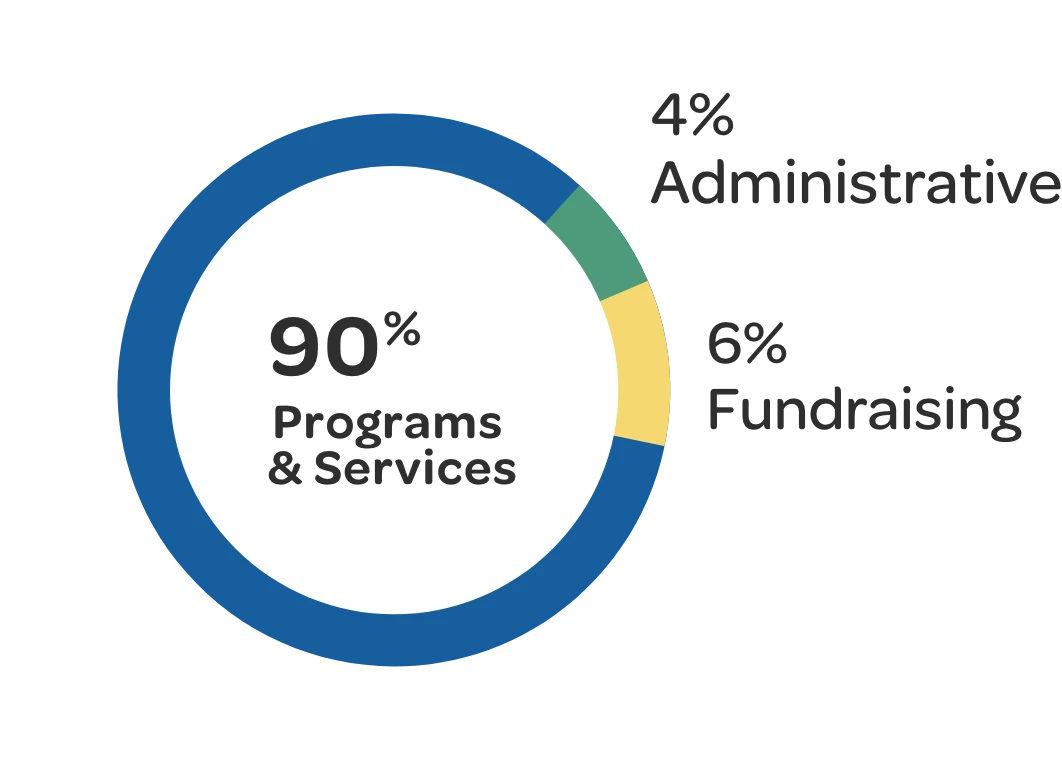
The brief answer?
Yes, if its increase reaches niṣâb (the specified value threshold of Zakat) during the passage of an Islamic lunar year (ḥawl). Rental properties are a specialized form of business wealth called “exploited assets” — a holding not obtained for trade or sale in and of itself but intended to provide its owner with financial growth through earnings or the sale of what it produces. Most scholars set the niṣâb of Zakat for rental income at the currency equivalent of 85 grams of pure gold.
The Zakat rate on rental property earnings is, in the best scholarly opinion, either 5% or 10%, depending upon the ease and accuracy of its calculation (10% in the great majority of cases), after deductions of directly related business expenses and liabilities, and the owner’s essential personal needs.
The detailed answer?
Scholars establish the basis for paying Zakat on rental properties on analogy with agricultural land, and specifically in the case of farmland rented out by its owner. A principle rule of Zakat is that one does not pay Zakat twice on the same yield, and that includes two or more parties paying Zakat on the same wealth type or Zakatable growth, though partners may be proportionally liable for the total Zakat payment on a single yield and exploited asset in accordance with their share of the produce or growth.
The majority of scholars hold that the Zakat obligation is on the owner of the land’s output, that is, the farmer who plants and harvests the owned or rented land, and that Zakat payment comes due not after a lunar year but at the time of harvest, if it reaches the established niṣâb for that wealth type (see What Requirements Qualify Wealth for Zakat?).
Abû Ḥanîfah, the namesake of the Ḥanafî school of Islamic Law, holds, in a minority opinion, that the Zakat falls on the land itself and is, therefore, due upon the owner of the land.
The best opinion reconciles these majority and minority views with two shared but separate Zakat payments at the prophetically established agricultural Zakat rate of 5% on irrigated fields and 10% on naturally watered land.
The farmer who rents the land pays Zakat on the crop yield at harvest after deducting the land-rental cost, if the yield thereafter still reaches its niṣâb, or Zakat payment threshold.
The landowner pays Zakat on the portion of the land’s growth that he or she receives, namely, the rent portion, in whatever form that takes — money or crops — after deducting rent costs, including property taxes, improvements, and debts incurred, etc.
In this way, Zakat is not paid twice on the same wealth-stream, while their deductions ensure neither landowner nor farmer incurs unfair Zakat charges on portions beyond his or her individual earnings or yield.
Is Zakat owed on the rental revenue or the rental asset or both?
Scholars differed about what property one owes Zakat on. Is it the physical rented asset, which does, indeed, have a value, which may grow — an apartment building one owns, for instance?
Or is it the rental income on the property one rents, which may be a physical space, like a residence or office, etc. Or it might be an asset like a piece of jewelry or a vehicle. Some farmers rent bees, for instance, to pollinate crops.
The first view, that Zakat is owed on the physical asset itself, claims, in effect, that the proper categorization of a rental asset one acquires is properly based on analogy with trade goods that one obtains to sell:
One gains the asset with the specific intent to make a profit on its transfer to another
It is capable of value growth in and of itself
One gains the benefit of income from it in the interim until one sells it, which seems to guarantee its profitability.
The argument here is that no significant distinction exists between an assets rental value and the selling of an outright trade good, in which case its Zakat rate would be 2.5%.
But this view is weak on three counts:
It defies the simple definition of a trade good based on the description of the Prophet, on him be peace, and his instruction to pay Zakat on assets acquired for resale at a profit.
It requires cumbersome, costly, and tedious yearly appraisals of the property’s value, regardless of its type, including farms, orchards, the plants on them, yield projections, etc. This directly goes against foundational, agreed upon rulings of Zakat.
As we have just witnessed worldwide through the COVID-19 pandemic, rental assets — like hotels, office space, vehicles, etc. — can lose use-value at any time for unpredictable causes of shortage, prevention, or abrupt market loss.
This leads to the conclusion that Zakat on rental property finds its most solid basis, not on the asset itself, but on the income it produces.
Why isn’t rental property’s Zakat rate 2.5% like other revenues?
As stated at the outset, Zakat on rental property has its basis in an analogy with agricultural land. It is not a trade good, as we’ve just seen. The income of rental property is like crops grown on farmland. The farmer harvests produce from the established land he or she cultivates. The rental property owner reaps the revenue of the stable property — buildings, factories, office space, homes, cars, tools, jewelry — he or she rents out.
The norm on living spaces, homes, for example, or a craftsman’s tools, is that they are Zakat-exempt for the ones for whom they satisfy an essential personal need. Residences, or assets, that one rents out for income are Zakatable because they are profitable, growing assets, and all growth assets have Zakat due on them to purify their wealth and the souls of their owners from worldly taint.
This is not a purely modern opinion. Aḥmad ibn Ḥanbal, the namesake of the Ḥabalî school of Islamic law, owned shops that he rented out and paid Zakat on their income. The Prophet, on him be peace, also levied Zakat at 5% on moveable assets (remember the bees rented out for pollination, or car rentals today) and 10% on fixed assets (buildings, residences, etc. in our time). He did this, on him be peace, only on the income such assets yielded, not on the assets themselves, which could not be divided to pay Zakat directly out of.
Analogizing rental Zakat rates based on this prophetic distinction of Zakat rates between mobile and fixed assets (mobile being half the fixed asset rate), and comparing productive fixed assets today to agricultural yield (irrigated at 5% and naturally watered at 10%), a conference of prominent modern scholars of Zakat distinguished the Zakat rates of fixed assets at either 5% or 10% based on the relative ease or hardship of the assets’ assessment (5% if it’s difficult to determine exact income from a rental property, 10% if it’s easy); and at half that rate (of the lower 5% Zakat rate on fixed assets), or 2.5%, for transportable rental assets.
These Zakat assessments one makes out of the rental property’s net income (not its principal), after deductions for maintenance, property taxes, and all related operating costs, like wages and benefits paid to workers, etc.
There is a further distinction between agricultural land and output (crops) and rental property and income (its product): farmland does not normally depreciate as does a rental asset (a building or car, for example). Scholars correct for this difference by allowing for established depreciation or amortization of the rental asset’s replacement cost over time before calculating the due Zakat payment on the remaining rental asset’s net income.
What if a rental property is one’s only or major source of income?
Zakat never takes from one’s minimal essential living needs. One may deduct one’s housing, food, clothing, transportation, education, and health needs (and other essential living needs) before assessing one’s Zakat payment on rental income, if that is one’s major or vital source of income.
Of course, there is the issue of determining what is minimal and essential. Muslim scholars call for such determination to be made by experts and not self-determined (see What Requirements Qualify Wealth for Zakat?). But this may not be easy to access or determine. The official poverty threshold, for example, in the U.S. is notoriously stingy and unrealistic. The U.S. Census Bureau publishes a more realistic, but still difficult to calculate, secondary report called the Special Poverty Measure. Yet living needs nonetheless vary widely from location to location, even within the same country and even county.
You may find broad guidance in determining and calculating essential living needs (though this is U.S.-centric) here.
Alternatively, there is a statement of the Prophet, on him be peace, instructing a Zakat assessor (muṣaddiq) to “discount one-third, or if you do not discount one-third, then discount one-fourth” from the Zakat assessments or projections of farmers of dates and grapes, to enable these growers to meet their own and their families’ basic nutritional needs from their crops.
Perhaps, this may form a good and easier formula for one dependent on rental income to segment out one’s essential living needs in the assessment of one’s Zakatable net earnings.
When does Zakat from rental income come due?
The Zakat Due Date (ZDD) for the Zakat payment on net rental income comes at the completion of a lunar year (ḥawl) as calculated from the first date that one receives any amount of rental income, as long as the total net rental income over the year amounts to niṣâb, the equivalent of the currency value of 85 grams of pure gold.
Unlike crops, to which it is analogized, net rental income Zakat does not have to be paid at harvest or upon receipt. Even in the case of crops, harvesting at different and multiple times in the same year of the same crop still requires only one payment of Zakat on the total of that crop. Hence, one may simply pay the Zakat on net rental income on its established, yearly ZDD.






